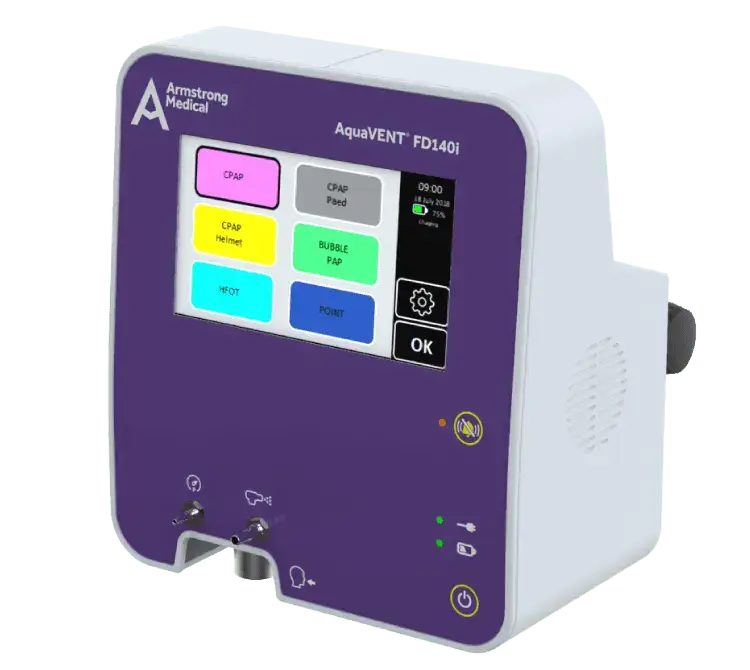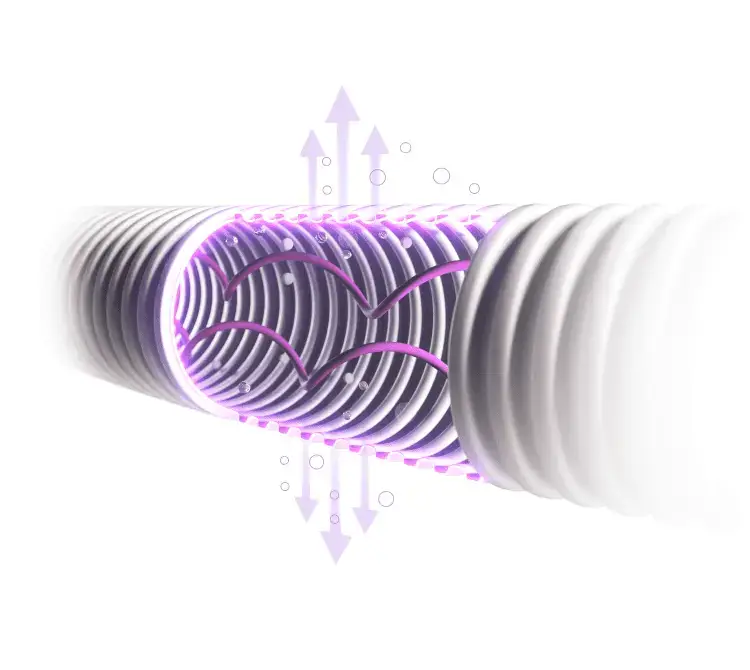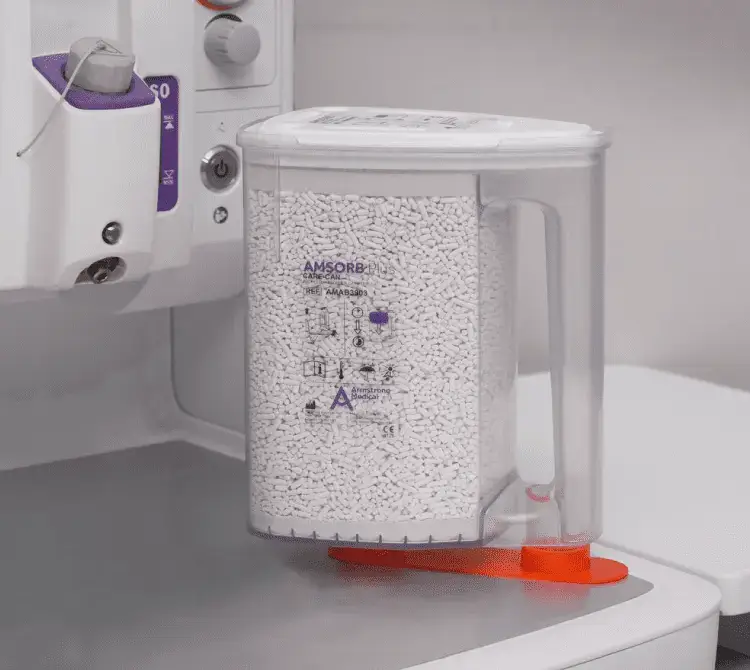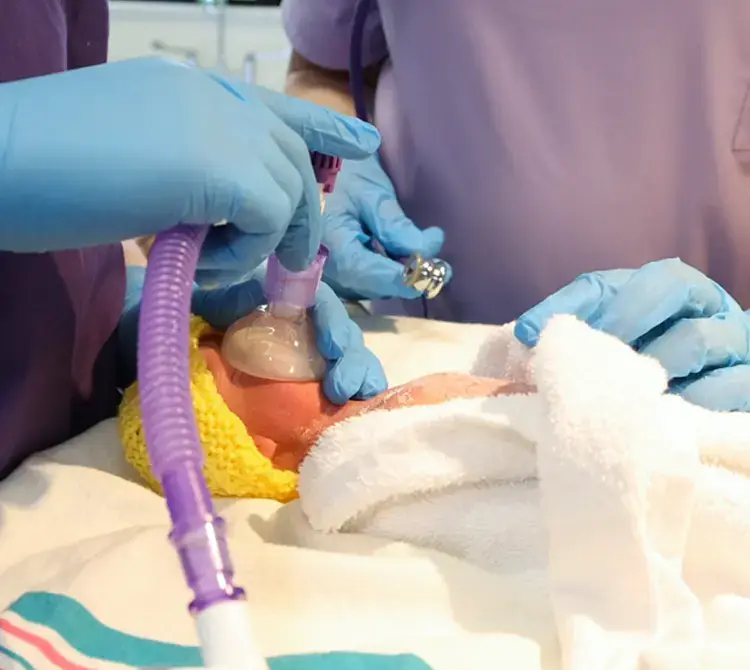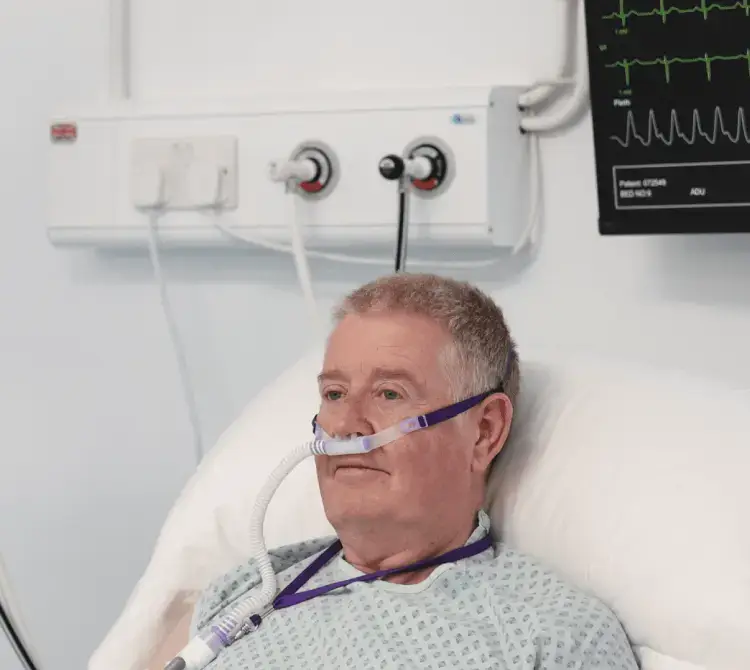Transferring the critically unwell patient
- Published on:
Transferring the critically unwell patient
- Published on:

On this page

Transferring patients can be defined as any movement outside of the bedspace. These movements can happen for a multitude of reasons, including bed capacity, infection control pressures, acuity and the need for diagnostic imaging etc. There are two types of transfers carried out for patients within critical care. These include inter-hospital (external) and intra-hospital (internal). Despite common misconceptions, both have risks associated and should be carried out by registered professionals.
Within the UK there are on average 95,000 transfers per year, with 25% of these being critical care transfers (ICS 2019). However, whatever the transfer, whether it be inter or intrahospital there should always be:
- The same principles
- The same process
- The same awareness of risks (Page et al. 2006)
When our patients become seriously unwell, it increases our anxiety, our stress levels increase, and it is easy to become cognitively overwhelmed. Having so much to process and deal with can become a burden to us. When a person becomes so sick that they need to be transferred, either to CT, X-ray or ICU, this stress is increased. This article will not only look at why we are more stressed during this time but how it is we can overcome this.
Stress occurs in our everyday lives, in our work, our relationships finances, it’s everywhere! But is it a good thing?
Stress motivates us to get up in the morning and go to work, drives us to complete our jobs, and pushes us to perform to high standards. So, stress is often regarded as a motivator. However, we also consider stress to be a negative thing. When we are stressed, we can forget things, make mistakes, and fail to achieve our common goals. A good visual demonstration of this can be seen in the diagram below. (Yerkes, R. M., & Dodson, J. D. 1908)

Let’s now apply stress within critical care and the caring environment.
Let's consider the following scenario
How do you feel when you read this next statement?
“It’s 03:30, in the morning, you have just come back from your break, you are sleepy and hungry, and you have just received a handover for your patient whilst you were on break. Your patient has developed sepsis and has increased oxygenation requirements and needs to go to ITU via CT immediately, you have been asked to transfer them as there is no other support in the hospital”.
How does that make you feel? Stressed, confused, asking more questions, panicked or even just scared?
So how can we help minimise the stress? Perhaps even harness it?
Within Critical Care we utilise the A-E assessment (Airway, Breathing, circulation, Disability, Exposure) criteria.
However, within transfers we have adapted this to go further, to consider the patients and organisational factors including the team around us.
A-I assessment tool
| Assessment of the patient | |
| A-Airway | |
| B-Breathing | |
| C-Circulation | |
| D-Disability | |
| E-Exposure and fractures | |
| F-Fluids and electrolytes | |
| G-Gut | |
| H-Haematology | |
| I-Infection | |
| Organisational | |
| J- Just in case (mobile, money) | |
| K-Kit check | |
| L-Lab results | |
| M-monitoring (does it work? How’s the battery? Do you need spares?) | |
| N-Notes and x-rays | |
| O-Organisational | |
| P-Paperwork | |
| Q-Quality control | |
| R-Risk Assessment | |
| I-Infection |
Airway
Whilst considering our normal patients airway assessment consider some other things too
- Always consider a clear C-spine
- Clearance depends upon definitive CT protocol
- Neutral position
- Collar +/- Sandbags
- Are there enough people at your destination to turn safely if needed.
Breathing
- Oxygen – do you have enough? Have you calculated it?
- Minute volume = Tidal volume x Rate
- Usually 5-15 L/min
- Can usually assume a requirement of 600 L/h
- Plan for double the expected oxygen requirement
- Ventilated – stabilise 15 minutes prior to transfer on transport ventilator
- Pneumothorax -chest drain?
- Ensure drains are always unclamped
Circulation
- Full patients travel better
- Give fluids if necessary
- Ensure MAP > 70mmHg (>90 mmHg in Neuro) Ensure Systolic BP > 120mmHg
- 2 x IV cannula for travel
- Fluids- Monitor urine output
Disability
- Clinical Examination
- Best GCS?
- Current GCS?
- Response to pain centrally (V) and peripherally
- Pupils (II, III)
- Reflexes and plantar reflexes
- Corneal reflex?
- CT findings
- Sedate always if orally intubated
- Relaxants? - consider sedation requirements due to additional stimulus on transfer
Exposure
- Check Temperature
- Patients usually get cold; Vasoconstriction can precipitate pulmonary oedema. Wrap well with blankets (even if just going along corridors)
- Pressure points must be well padded
- Lines-Where? How old? Secure?
Fluid and electrolytes
- Sodium? Do NOT attempt complete or rapid correction unless actively fitting
- Potassium (aim 4.0 to 5.0) Correct to safe range BEFORE moving
- Magnesium >1.0 Give 20 mmol if necessary, esp. Cardiac
- Wait for near normal blood pH if possible
- Urinary catheter
- Glucose
Gut
- Nasogastric tube: Oral or Nasal? (if a base of skull fracture is suspected or coagulopathic - oral)
- Free drainage
- Check NG/OG position on chest X-ray
- Stop feeds before transfer and aspirate NGT.
- Does the patient need anti-emetics?
Haematology
- Ensure Hb > 70 Aim > 10 if any risk of bleeding or recent MI
- Coagulation satisfactory?
- Platelets > 50
- What products have been given?
- Have you got and checked the cross-matched blood?
- Known antibodies?
Infection
- Does your hospital have any current problems with multi-resistant or transmissible organisms (e.g. MRSA, VRE) Any other transmissible infection (esp. TB, HIV, HBV, HCV)
- Does the patient have active infection? Are they on antibiotics?
Stress and decision making
Now let’s consider the nurse on the ward once more, what techniques are available to help them eliminate stress?
Good decision-making is one of the key things in managing complex situations, however, how best is this achieved? One tool commonly used amongst medics is the Eisenhower decision-making tool (Walsh, R. 2008). This tool enables clinicians to focus on essential actions and reduce cognitive overload.

By using this tool, we can organize our thoughts, and use it within risk assessing our patients, reducing stress and anxiety for us and our patients.
By understanding the structured approach to patient assessment and leveraging decision-making tools, healthcare professionals can better navigate the challenges of transferring critically unwell patients. This preparation and guidance not only minimises risk but also helps harness stress as a tool for enhanced situational awareness, leading to better outcomes for both patients and care teams.
References
ICS (2019). Transfer of the critically ill adult. [online] ics.ac.uk. Available at: https://ics.ac.uk/resource/transfer-critically-adult.html.
Page, D.R., Dr. Ellen O’Sullivan, Tierney, D.E., Pickering, D.B., Bergin, D.A., Kennedy, D.J., Loughrey, D.J. and Power, D.M. (2006). Inter-hospital transfer of the critically-ill patient in the Republic of Ireland. doi:https://doi.org/10.21466/g.i-htotc.2006.
Walsh, R., 2008. Time management: Proven techniques for making every minute count. Simon and Schuster.
Available at: Time Management: Proven Techniques for Making Every Minute Count – Richard Walsh – Google Books
Yerkes, R. M., & Dodson, J. D. (1908). “The relation of strength of stimulus to rapidity of habit-formation.” In Journal of Comparative Neurology and Psychology, 18(5), 459-482.
Available at: Classics in the History of Psychology — Yerkes & Dodson (1908)

Steve Cutler
Senior Charge Nurse - Practice Development, Barts Health NHS Trust

